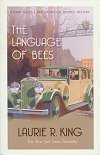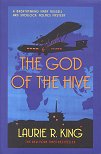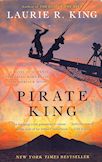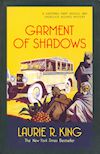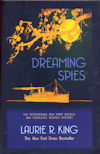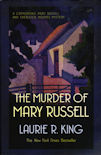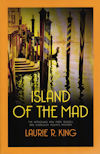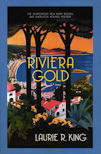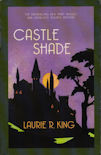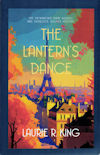In a strange room in Morocco, Mary Russell is trying to solve a pressing mystery:
Who am I? She has awakened with shadows in her mind, blood on her hands,
and soldiers pounding at the door.
She is clothed like a man, and armed only with her wits and a scrap of paper showing a mysterious symbol.
Overhead, warplanes pass ominously north.
Meanwhile, her husband Sherlock Holmes is pulled into the growing war between
France, Spain, and the Rif Revolt. He badly wants the wisdom and courage of his wife,
whom he discovers, to his horror, has gone missing.
As Holmes searches for her, and Russell searches for herself,
each tries to crack deadly parallel puzzles before its too late for them, for Africa, and for the peace of Europe.
Mary Russell wakes up alone, with amnesia, in danger.
Using only her considerable native wit,
she escapes her predicament, determined to discover what has happened to her.
Sherlock Holmes soon joins his amnesiac wife,
and together they need to unlock her memories to stop a war.
This story continues on directly from the previous adventure with the film crew,
but is much better: no heavy-handed humour, and Russell and Holmes working together for a lot of the time.
This has a good sense of place and time, and the political situation is gradually
revealed along with Russell's slowly returning memory.
Naturally, her memory returns as needed to advance the plot,
but that is no different from a more traditional uncovering of clues.
I do miss the less-political, more crime-driven, detective tales of the earlier entries in the series, though.
Those allowed a more interesting relationship between the main characters,
when the fate of the world was not at stake.
As in Pirate King,
this printing includes the novella “Beekeeping for Beginnners”,
so the main book finishes 50 pages earlier than the reader might expect.








